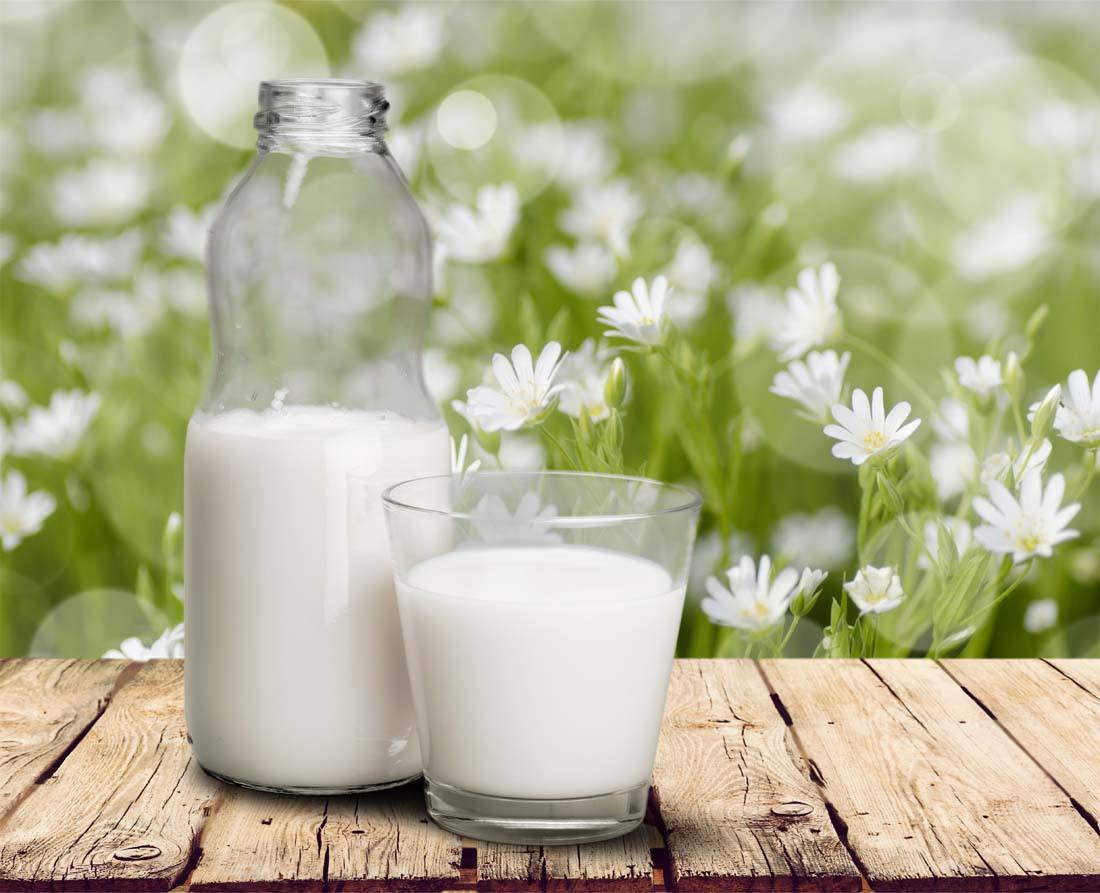Application of food intelligent color-changing labeling machine
Recently, a guy in Ningbo, Zhejiang went to the supermarket to buy yogurt. After paying, he found that the yogurt had expired one minute. So the guy claimed 1,000 yuan from the supermarket for this reason, but the supermarket did not make a claim. After the boy negotiated with the supermarket for many times to no avail, he filed a lawsuit with the court. Finally, after mediation by the court, the supermarket compensated the guy 400 yuan.
As soon as this incident was exposed, it sparked heated discussions. Some people believed that there was no problem with safeguarding his consumer rights. Others questioned the young man's motives for buying expiring yogurt. However, it is undeniable that the supermarket did not do a good job in the removal of the expiring products, and shirk responsibility when making compensation, which also violated the reputation of the merchant.
I believe everyone has a consensus that the way to judge whether a product has expired is to look at the shelf life and production date on the packaging. The shelf life and production date on the products are generally not marked clearly enough, and it usually takes a while to find them. Some careless consumers may ignore them when purchasing products or are too lazy to take the time to check them. It is also easy to miss out on expired products.

In fact, as early as 2016, a food label that changes color over time has appeared in my country. Through the color change of a coin-sized "smart label" on the outer packaging from green to red, consumers can intuitively identify whether the product is fresh, without having to check the production date and shelf life to determine whether the food is spoiled.
It is understood that the technical core of this smart label is nano. The basic principle is that over time, metallic silver is gradually deposited on the nanoparticles, forming a shell with continuously changing thickness, changing the size, shape and chemical composition of the nanoparticles, so that the label changes color, and its color change rate is related to time. precise coupling with temperature. And the color change is irreversible, there is no possibility of manipulation. Foods such as milk that need to be transported in the cold chain are difficult to monitor the quality of products based on the production date and shelf life alone, and can easily become a blind spot for supervision. The use of smart labels can better safeguard the rights and interests of consumers. It is reported that once the smart label is torn, the counterfeit label cannot be pasted on the original label, which reduces the possibility of cheating by merchants.
The application of smart labels in the food industry has long been practiced internationally. Around 2009, Japan developed a smart color-changing label that can identify the freshness of food. They believe that the expiration date of food labels is prone to fraud, and ammonia gas will be generated when the ingredients gradually become stale over time. The label has a special coating that changes color as the ammonia concentration changes.
In 2013, a food packaging company in Scotland also developed a food smart label. The label will change color due to changes in carbon dioxide and temperature in the package. It can be used to identify the freshness of food after opening. The label lists Just opened, Use soon. , Past best and other discolored blocks show the current fresh state of the food through the color, reminding the public to finish eating the food in a fresher state.
In addition to the standard date marking, smart color-changing labels help people grasp the freshness of food in a more scientific and intuitive way, and also build a barrier for food safety. It is expected that smart labels will be more widely used in the field of food packaging in the future.




